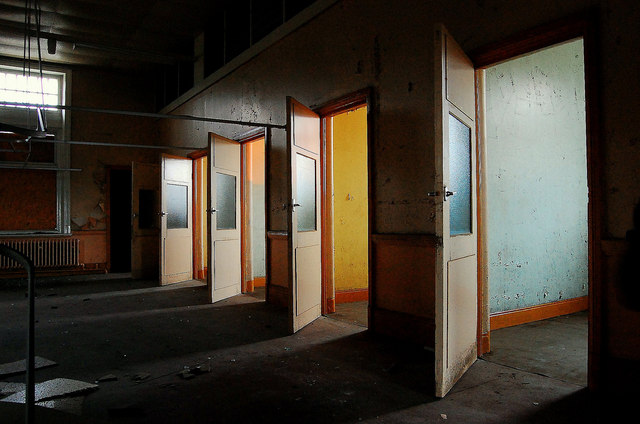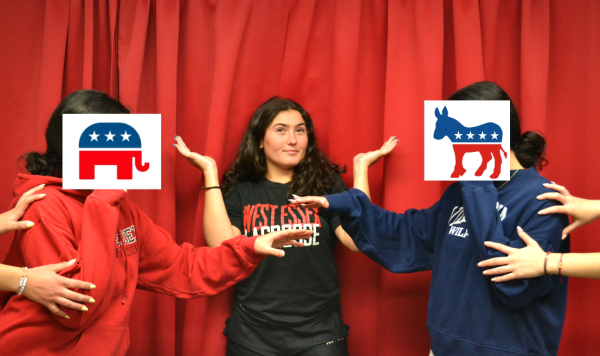OPINION: Hunger strikes highlight how inhumane solitary confinement truly is
The world saw a large spike in mental illness with the Covid-19 pandemic, as people found themselves miserable, alone and without real social interaction. Thousands of men in Texas state prisons have been experiencing a more intense version of this for decades in the form of solitary confinement. One hundred thirty of these inmates went on a three week hunger strike earlier this year to protest their living conditions, which consist of 22 hours a day in a small cell with limited to no social interaction. Similar to Covid, social isolation in solitary confinement has negative implications for prisoners’ mental health. They currently face indefinite solitary confinement, which means there is no end date to their torture. Despite the immense evidence and rationale proving that this practice is ineffective, prisons are still unwilling to give in and are causing more harm than good.
Many facilities excuse solitary confinement as a form of punishment for crimes like fighting another inmate or using violence with a guard. However, it has been proven that the practice is ineffective in decreasing violence in prisons. The Vera Institute of Justice reports that treating some prisoners as worse than others and subjecting them to solitary confinement can make them “more, not less, violent”. Vera reports that their findings align with the vast majority of evidence on the topic. This contradicts the rationale used by prisons, which claim to be teaching their inmates a lesson but are really just violating their human rights.
Additionally, solitary confinement is unnecessarily costly for prisons. According to Scholars Strategy Network, one year in solitary confinement averages to about $75,000 per prisoner. This is about three times the average annual cost of incarceration in the United States for regular prisoners. This money could be used in other, more productive ways rather than being wasted on solitary confinement.
More effective methods must be sought out as an alternative way of regulating behavior in prisons. The state of Washington has developed an Intensive Transition Program for prisoners with repeated misdemeanors that are frequently put in solitary confinement. In this program, prisoners move through a curriculum where they learn self-control skills and slowly engage in social situations until they are ready to return to the rest of the prison. Programs like these address the root of the issue and are much more effective in curbing violence.
Solitary confinement is an inhumane practice with little to no benefits. It is time for state governments to recognize the negative mental health effects they are causing prisoners. The practice lacks real benefits and can actually increase bad behavior and cost per inmate. Instead of putting inmates in solitary, states should consider programs that address the prisoners behavioral issues without violating their human rights. Prisoners are people too, and they deserve to be treated as such.
Photo credit: “High Royds Solitary Confinement” by philld is licensed under (CC BY-SA 2.0)






